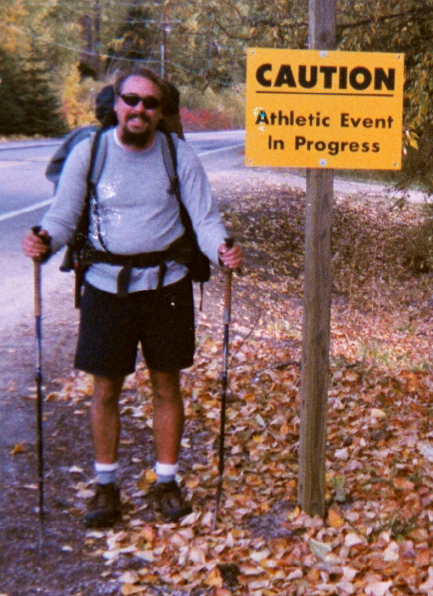n January 22, 2008, I set out for a solo backpacking trip to summit Ontario Peak of the Cucamonga Wilderness. I was rescued by Search and Rescue Forces from the San Bernardino Mountains after a U.S. Air Force satellite detected my distress signal from my Personal Locator Beacon. It was the first successful rescue of this kind in California: One initiated from a legitimate activation of a personal EPIRP carried by a recreational hiker.I had spent months staring into the snow-capped mountain range from the Claremont roads as I drove to school everyday. My third attempt to summit this season began on a clear Sunday morning. After hiking a mile above the city, I set up camp on top of Big Horn Peak. I woke up the next morning to see clouds covered everything below me.
Nothing in my previous experience told me I was in danger as I continued to climb toward my destination, though fowl weather was approaching. After a successful summit, my descent was blurred by a snowstorm and dense fog. Multiple attempts to descend failed. I was forced to fight my way back to base camp, my last familiar location, in knee- to waist-deep snow. A 15-minute panic ride down the wrong side of the mountain cost me two hours of valuable time to climb back up to the ridgeline where I regained my bearings.
He called for help at that point. But ended up walking out. I do not have all the fancy techno gadgets. I would have to get out on my own. Of course, winter camping is not really my thing.



No comments:
Post a Comment